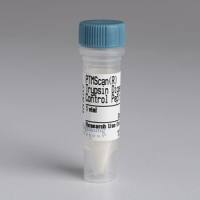The Primacy of Physicochemical Characterization of Nanomaterials for Reliable Toxicity Assessment: A Review of the Zebrafish Nanotoxicology Model
互联网
182
Engineered nanomaterials (ENMs) have become increasingly prevalent in the past two decades in academic, medical, commercial, and industrial settings. The unique properties imbued with nanoparticles, as the physiochemical properties change from the bulk material to the surface atoms, present unique and often challenging characteristics that larger macromolecules do not possess. While nanoparticle characteristics are indeed exciting for unique chemistries, surface properties, and diverse applications, reports of toxicity and environmental impacts have tempered this enthusiasm and given cause for an exponential increase for concomitant nanotoxicology assessment. Currently, nanotoxicology is a steadily growing with new literature and studies being published more frequently than ever before; however, the literature reveals clear, inconsistent trends in nanotoxicological assessment. At the heart of this issue are several key problems including the lack of validated testing protocols and models, further compounded by inadequate physicochemical characterization of the nanomaterials in question and the seminal feedback loop of chemistry to biology back to chemistry. Zebrafish (Danio rerio ) are emerging as a strong nanotoxicity model of choice for ease of use, optical transparency, cost, and high degree of genomic homology to humans. This review attempts to amass all contemporary nanotoxicology studies done with the zebrafish and present as much relevant information on physicochemical characteristics as possible. While this report is primarily a physicochemical summary of nanotoxicity studies, we wish to strongly emphasize that for the proper evolution of nanotoxicology, there must be a strong marriage between the physical and biological sciences. More often than not, nanotoxicology studies are reported by groups dominated by one discipline or the other. Regardless of the starting point, nanotoxicology must be seen as an iterative process between chemistry and biology. It is our sincere hope that the future will introduce a paradigm shift in the approach to nanotoxicology with multidisciplinary groups for data analysis to produce predictive and correlative models for the end goal of rapid preclinical development of new therapeutics into the clinic or insertion into environmental protection.









